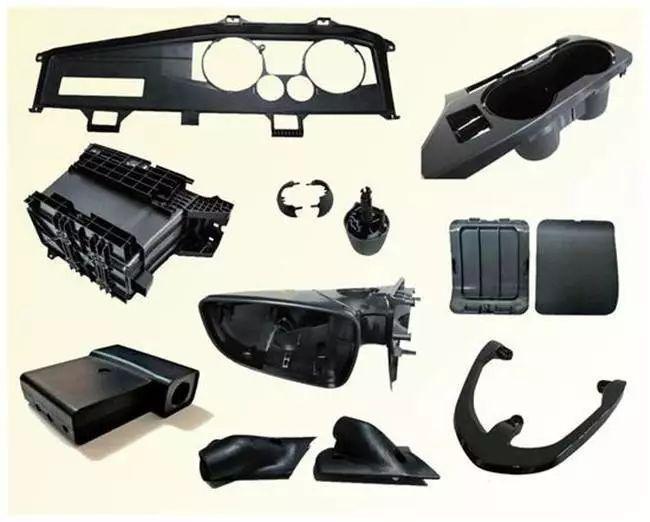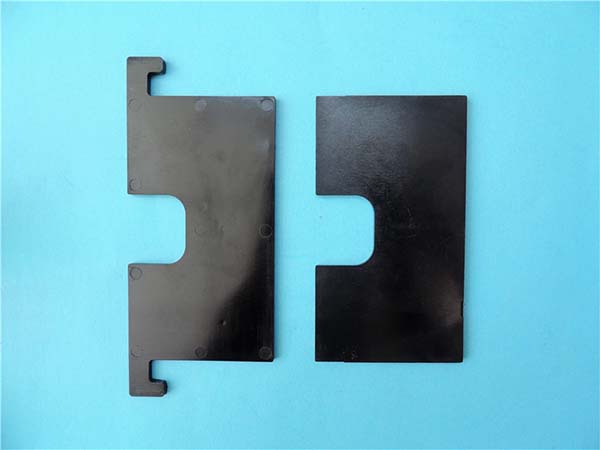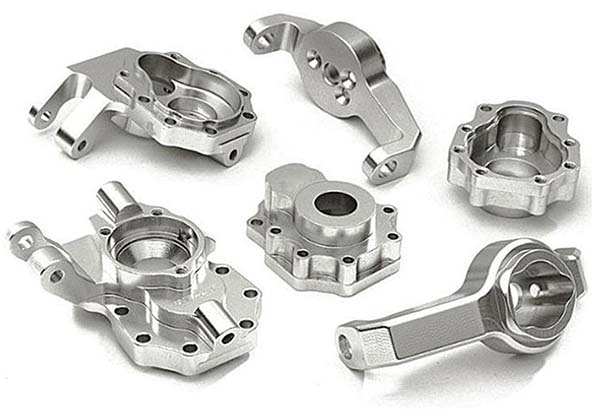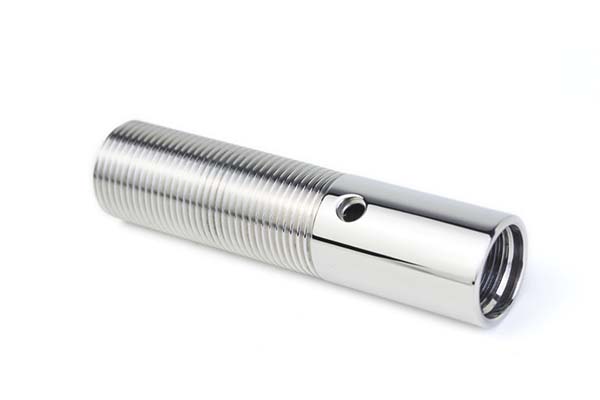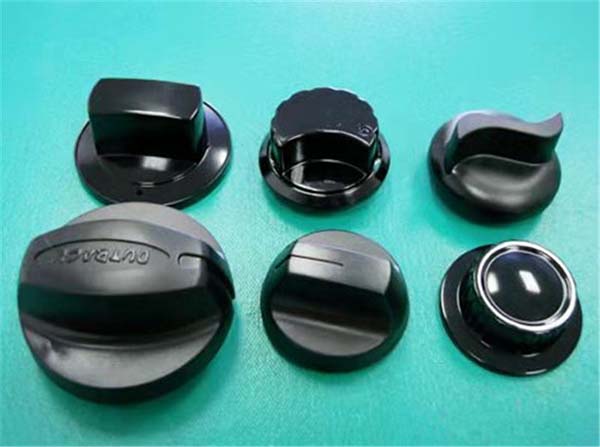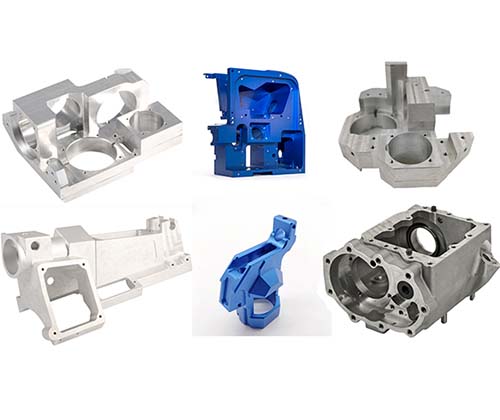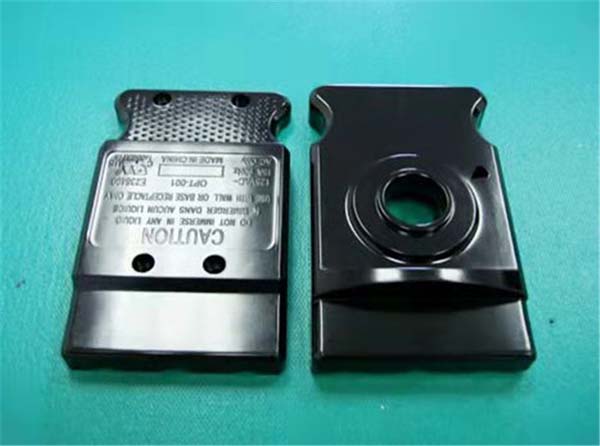Introduction to 3D Printing in Automotive Manufacturing
The automotive sector has long been a pioneer of technological innovation, constantly seeking advancements to enhance efficiency, cut costs, and improve performance. Among the most game-changing technologies of recent years is 3D printing, also known as additive manufacturing. This cutting-edge process is fundamentally transforming how auto parts are designed, fabricated, and maintained, offering substantial advantages over traditional manufacturing techniques. In this article, we will explore the ways 3D printing is reshaping the auto parts industry, from its origins and evolution to its impact on design, production, and beyond.
What is 3D Printing and How Did it Evolve?
3D printing, or additive manufacturing, is a process that builds three-dimensional objects layer by layer using materials such as plastics, metals, or composites. Unlike subtractive manufacturing, where material is cut away from a solid block to form a part, 3D printing adds material incrementally, creating the final product from a digital design. First conceptualized in the 1980s, the technology has rapidly evolved, becoming a versatile tool used across diverse industries, including the automotive sector.
Key Advantages Over Conventional Manufacturing
One of the standout advantages of 3D printing is its capacity to produce complex geometries and intricate structures that would be challenging or even impossible to achieve with traditional manufacturing methods. This capability enables the creation of lightweight components with unique designs, which can significantly enhance vehicle performance, reduce fuel consumption, and improve overall efficiency. Additionally, 3D printing can consolidate multiple components into a single part, eliminating the need for assembly and simplifying the manufacturing process.
Another critical advantage is the reduction of material waste. In conventional manufacturing, excess material is often cut away and discarded, whereas 3D printing only uses the exact amount of material necessary to form the part, making it a far more sustainable option. This also enables rapid prototyping, allowing designers to quickly test, refine, and iterate their concepts without the lengthy, costly processes associated with traditional methods.
Transforming Auto Parts Design and Production
The introduction of 3D printing has profoundly impacted both the design and production of automotive parts. Designers now have greater flexibility to experiment with bold new ideas, knowing that they can quickly and affordably create prototypes for testing and refinement. This newfound freedom has led to the development of more innovative and efficient auto parts. For instance, 3D printing makes it possible to incorporate lattice structures into components, providing strength while simultaneously reducing weight—crucial factors for boosting vehicle performance and fuel efficiency.
Moreover, 3D printing has streamlined the production process. Traditional manufacturing often requires large minimum order quantities to remain cost-effective, but 3D printing allows for the production of small batches or even single parts, making it ideal for custom and on-demand manufacturing. This flexibility is especially valuable for producing specialty vehicles or customized parts that do not have high-volume demand.
Lightweighting and Material Efficiency
One of the key drivers in the automotive industry today is lightweighting, aimed at improving fuel efficiency and reducing emissions. 3D printing plays a pivotal role in this by enabling the creation of lightweight components without compromising on strength or durability. Advanced materials like carbon fiber composites and titanium alloys are commonly used in 3D printing, offering superior strength-to-weight ratios compared to traditional materials like steel. These materials allow for the production of stronger, lighter parts, which not only enhance vehicle performance but also improve energy efficiency.
Additionally, 3D printing optimizes material usage by building up layers rather than cutting away excess material, significantly reducing waste. This translates to lower material costs and supports the automotive industry's ongoing efforts to reduce its environmental footprint. By using only the necessary amount of material, 3D printing represents a more eco-friendly approach to manufacturing.
Customization and On-Demand Manufacturing
Customization is one of the most notable advantages of 3D printing. Traditional manufacturing processes for custom parts often require expensive and time-consuming tooling, but with 3D printing, customized components can be produced quickly and at a fraction of the cost. This is particularly valuable in the automotive industry, where customer demands can vary widely, and unique parts are frequently needed.
For example, aftermarket parts suppliers can use 3D printing to offer consumers a range of personalized options, from custom interior trims to specialized brackets and mounts. Similarly, 3D printing enables the production of spare parts on-demand, minimizing the need for large inventories and reducing storage costs. This model is especially beneficial for owners of classic cars or rare vehicle models, who often face challenges finding replacement parts.
Rapid Prototyping and Accelerated Development
3D printing excels in rapid prototyping, offering an unparalleled speed in producing functional prototypes for testing and design refinement. This capability enables designers and engineers to test and iterate their ideas much more quickly than traditional methods would allow. The ability to rapidly refine prototypes leads to shorter development cycles, enabling quicker time-to-market for new products. In the competitive automotive industry, the ability to fast-track product development can provide a significant competitive edge.
Additionally, the iterative nature of 3D printing allows for continuous testing and refinement of parts before committing to large-scale production. This ensures that components are not only better-performing but also more reliable, ultimately benefiting consumers and manufacturers alike.
Reducing Costs and Production Time
One of the most compelling benefits of 3D printing in automotive manufacturing is its cost and time efficiency. Although the initial investment in 3D printing equipment may be substantial, the long-term savings are significant. By minimizing material waste, eliminating the need for expensive tooling, and enabling rapid prototyping, 3D printing can substantially reduce overall production costs. Furthermore, the ability to manufacture parts on-demand can lower inventory costs and free up capital for reinvestment into other areas of the business.
Time efficiency is another critical benefit. Traditional manufacturing processes can take weeks or even months to produce a part, while 3D printing can accomplish the same task in a matter of hours or days. This rapid production speed is especially advantageous when quick turnarounds are necessary, such as during product development or urgent repairs.
FAQs
Q1: What materials are used in 3D printing for automotive parts?
A1: A wide variety of materials can be used in 3D printing for automotive parts, including plastics, metals, and composites. Common plastics include ABS and polycarbonate, which are often used for prototypes or non-functional parts. For high-performance, functional components, metals like titanium, aluminum, and stainless steel are popular choices. Carbon fiber-reinforced polymers are also widely used, especially for parts that require an optimal strength-to-weight ratio. The material choice depends on the specific functional requirements of the part, such as strength, weight, heat resistance, and cost considerations.
Q2: How does 3D printing promote sustainability in the automotive sector?
A2: 3D printing supports sustainability in multiple ways. First, it minimizes material waste by using only the necessary amount of material for each part, unlike traditional subtractive methods that often result in substantial waste. Second, 3D printing facilitates the production of lightweight components, which can help improve fuel efficiency and reduce vehicle emissions. Additionally, 3D printing allows for the repair and remanufacturing of existing parts, extending their lifespan and reducing the need for new materials. Together, these factors make 3D printing a more sustainable manufacturing option for the automotive industry.
Q3: Is 3D printing viable for mass production of auto parts?
A3: While 3D printing is primarily associated with low-volume production and prototyping, advancements in the technology are making it increasingly feasible for mass production as well. Companies like Ford and BMW are already using 3D printing to manufacture end-use parts for their vehicles. However, challenges remain in terms of the speed and cost of 3D printing compared to traditional mass production methods. Ongoing research and technological advancements are focused on improving the scalability of 3D printing, making it a promising option for large-scale production in the future.
In conclusion, 3D printing is poised to reshape the automotive industry, offering new possibilities for part design, production, and customization. With its ability to reduce waste, enhance performance, and enable faster prototyping, additive manufacturing is setting the stage for a more innovative, sustainable, and cost-effective future for the automotive world.

